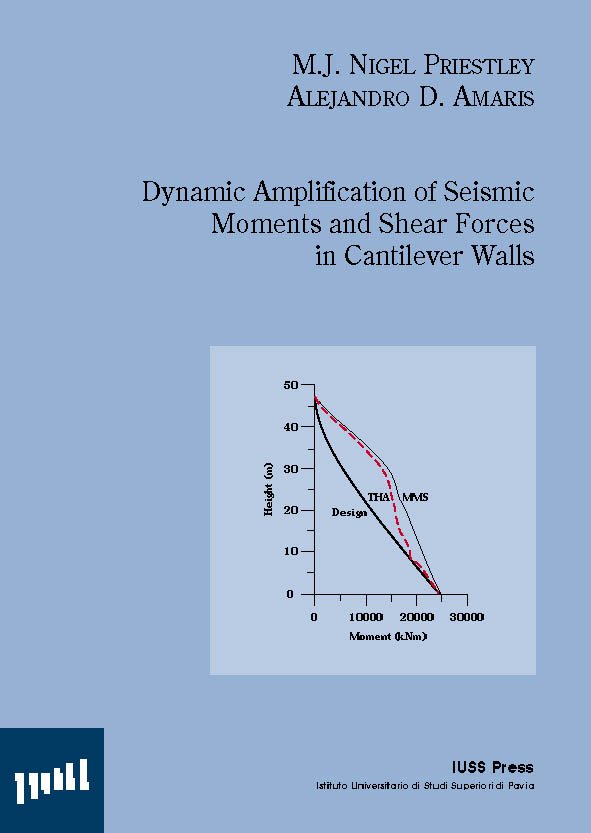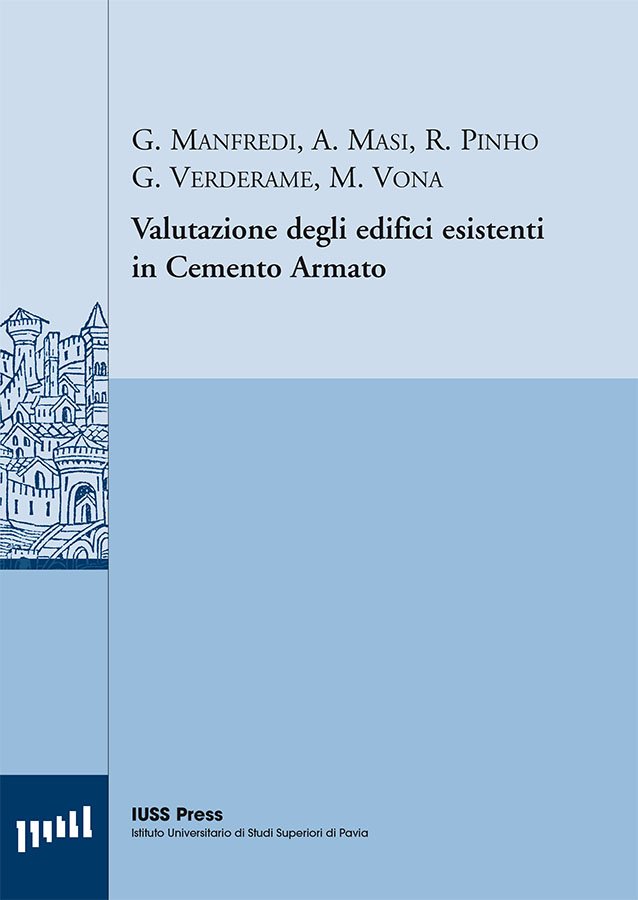Catalogo

Dynamic Amplification of Seismic Moments and Shear Forces in Cantilever Walls
01/01/2002
Valutazione degli edifici esistenti in Cemento Armato
01/01/2003Residual Deformations in the Performance-Based Seismic Assessment of Frame Structures
Il prezzo originale era: € 25,00.€ 18,75Il prezzo attuale è: € 18,75.
S. Pampanin, C. Christopoulos, M.J.N. Priestley
ISBN: 88-7358-036-X
The development of performance based approaches for the Design of structures to withstand earthquakes requires the capability to assess performance under different levels of seismic excitation.
Esaurito
The development of performance based approaches for the Design of structures to withstand earthquakes requires the capability to assess performance under different levels of seismic excitation. Although a great deal of work has been completed towards this goal, most of the efforts have focused on the maximum transient response or the cumulative energy dissipation characteristics as the main response indices. Considering the inevitable reality of residual deformations for systems responding in the material nonlinear range and the importance of these permanent deformations to performance characterization, an alternative approach to quantifying performance is explored in this contribution. In this report , after a discussion is presented on the limitations of the current performance assessment techniques to fully describe the post-earthquake state of a structure, the framework of a performance evaluation based on residual deformations including both structural and non-structural elements is suggested. A first insight into the parameters that influence residual deformations is presented through tome-history analyses of hysteretic single degree-of-freedom systems. The analyses are then extended to MDOF newly designed and existing frame systems. The relationship between residual deformations of MDOF systems and their corresponding SDOF systems is discussed, as well as the distribution of residual deformations along the height of the structure. Hysteretic characteristics, post-yielding stiffness (affected by P-∆ effects), as well as maximum ductility are found to greatly influence residual deformations. It is also shown that without considering residual deformations, the performance of systems that are inherent self-centering cannot realistically be compared to other systems that sustain residual deformations.
| Autore |
|---|

